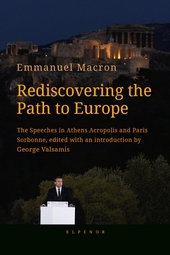So Alcibiades speaks. He compares Socrates to likenesses of Silenus, the drunken companion and teacher of Dionysus, from which appear statues of the gods, an image which prepares Socrates’ full identification as a man opening up to reveal divine, beautiful and amazing images (216e) and, later, the identification of his words as revealing “likenesses of virtue” (221e-222a). Socrates is then compared to the satyr Marsyas, who “charmed” (ἐκήλει) men through his skills at playing the flute. Socrates has the same power as Marsyas, but through his words. These leave all who hear him speak « struck with admiration, » « astounded » and « possessed » as by a god (215c-d). So when Alcibiades hears him, his heart « leaps » and tears come to his eyes, his soul is thrown into commotion and deeply affected, and he is effectively completely overpowered. When he hears Socrates’ words, even if another is speaking them, he is affected deep in his soul. The words chosen are those of drunkeness, possession and ecstatic experience. The physiological symptoms described here were probably those experienced in the rituals of the Mysteries such as the Eleusian mysteries: tears, commotion of the soul, possession, etc. Interestingly, many of those symptoms (tears, wonder, atypical behavior) would carry over into Christian mystic experience. We are far from the modern scientific, neutral outlook.
Later, Alcibiades describes how Socrates turned down his (sexual) offers, how he walked barefoot in the cold, and how he stood motionless seized by a trance all day and night. This listing of Socrates’ behavior, added to the elements already described (the removal in time, the closed space, the initiation rite and its effects) contribute to make of Socrates an out-of-this-world man who initiates us, listeners and readers, into the divine mysteries he has himself learned.



